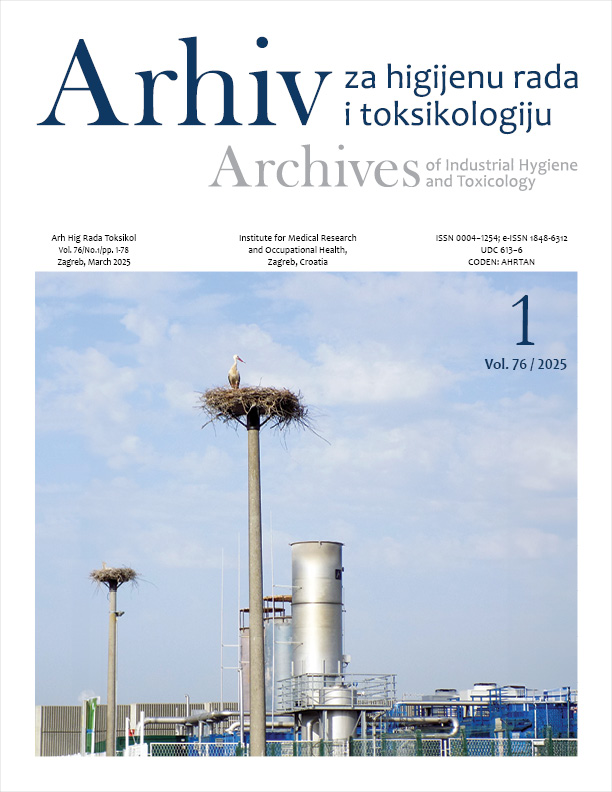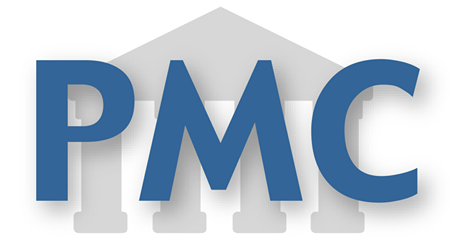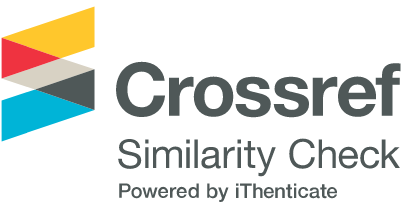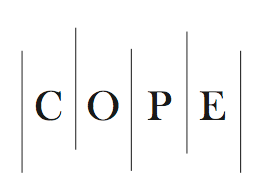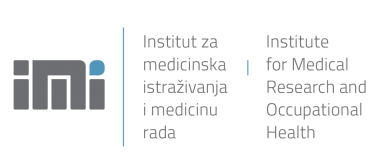Knowledge and perceptions of ionising radiation among Croatian general practitioners: is there cause for concern?
DOI:
https://doi.org/10.2478/aiht-2025-76-3916Keywords:
continuing professional development, CT, GP, irradiation doses, mammography, radiological procedures, ultrasound, X-rayAbstract
Recent data suggest that general practitioners (GPs) are insufficiently familiar with health risks associated with ionising radiation and radiation doses. The aim of our cross-sectional study was therefore to see if this holds true for Croatian GPs. To do that, we distributed a questionnaire about ionising radiation and doses used in various radiological procedures by email or by handing it out to participants at a national GP conference. We received responses from 120 participating GPs. Most were women (83.1 %), and the mean participant age was 44.2 years (range 26–65) with mean practice of 17.1 years (range 1–40). Most participants (97 %) believed patients should be informed about the procedures they were referred to. All respondents knew that radiological procedures irradiate the patient's body, but not everyone agreed that they could be harmful. Less than half (47 %) thought that exposure to a single irradiation dose was enough to increase cancer risk. Most participants (89.2 %) identified X-ray scans as the largest irradiation source, whereas three GPs replied that computed tomography (CT) and conventional X-ray procedures did not involve radiation. Some respondents did not know if ultrasound involved ionising radiation. Although most GPs were women, only 21.7 % correctly identified the radiation dose in mammography. Our findings confirm inadequate GPs’ knowledge of radiation exposures and call for better training programmes as part of continuing professional development.
Downloads
Published
Issue
Section
License
Copyright (c) 2025 Andro Matković, Thomas Ferenc, Lucija Dimjašević, Martin Drinković, Marko Marelić, Branka R. Matković, Vinko Vidjak, Jelena Popić

This work is licensed under a Creative Commons Attribution 4.0 International License.

